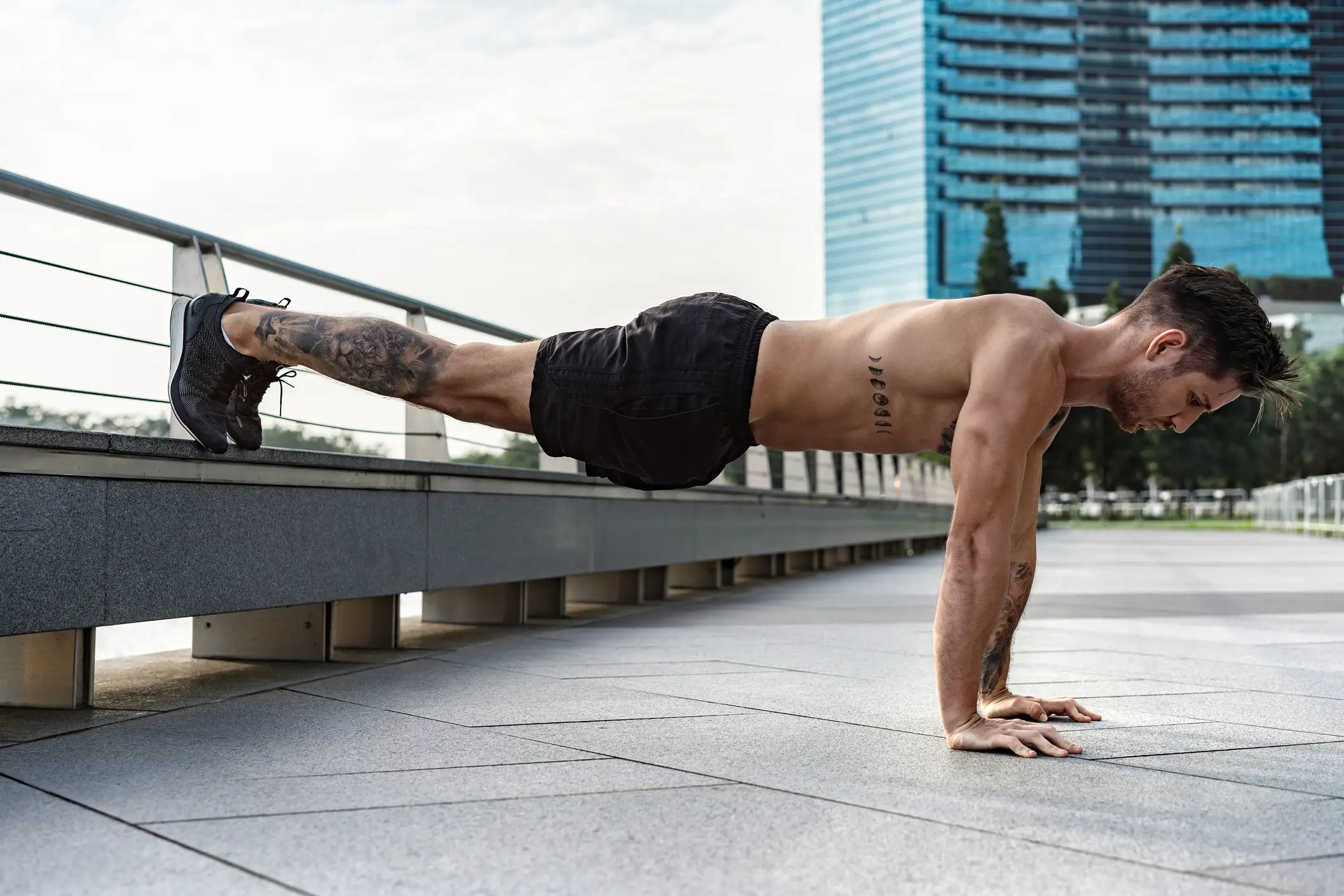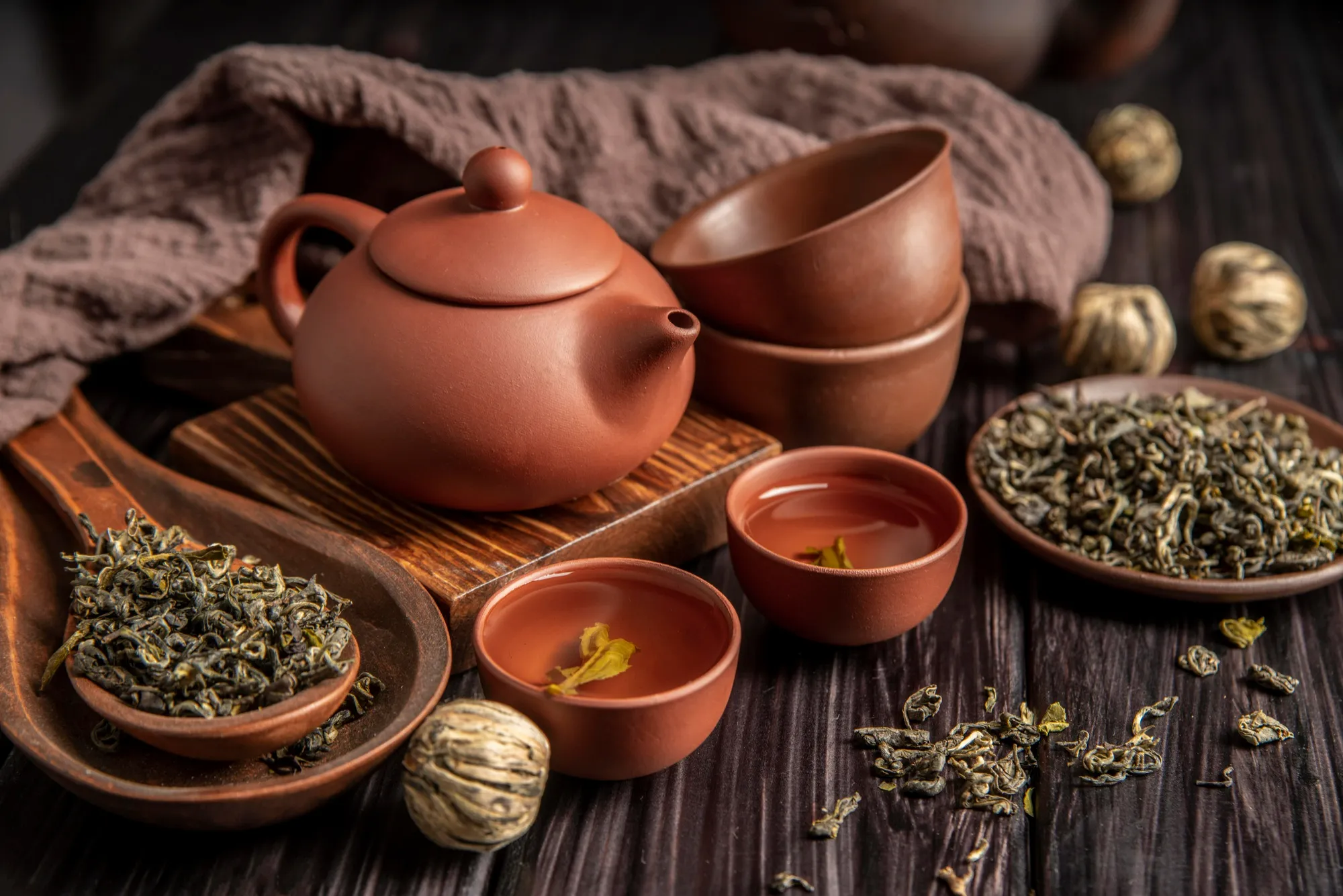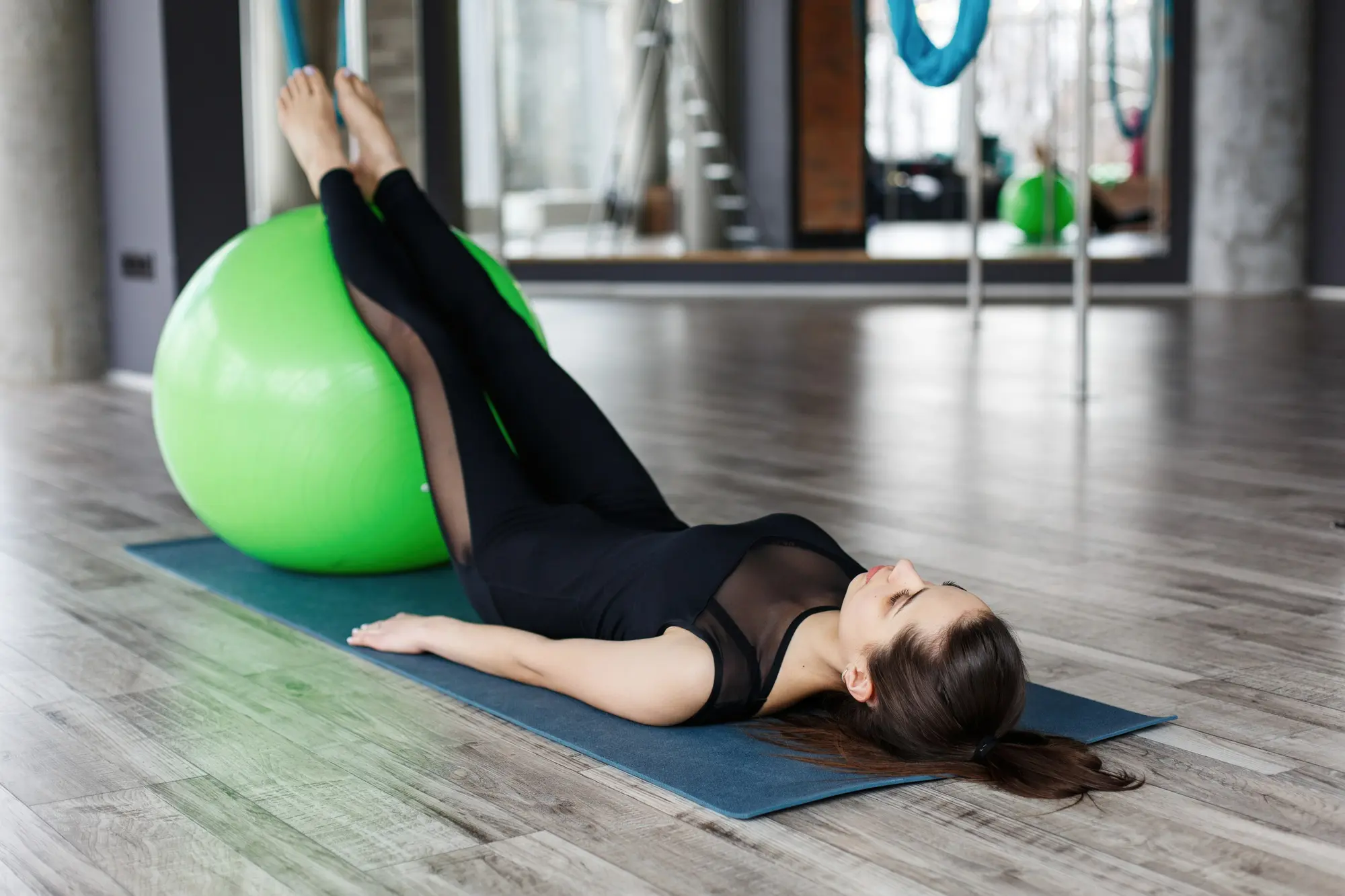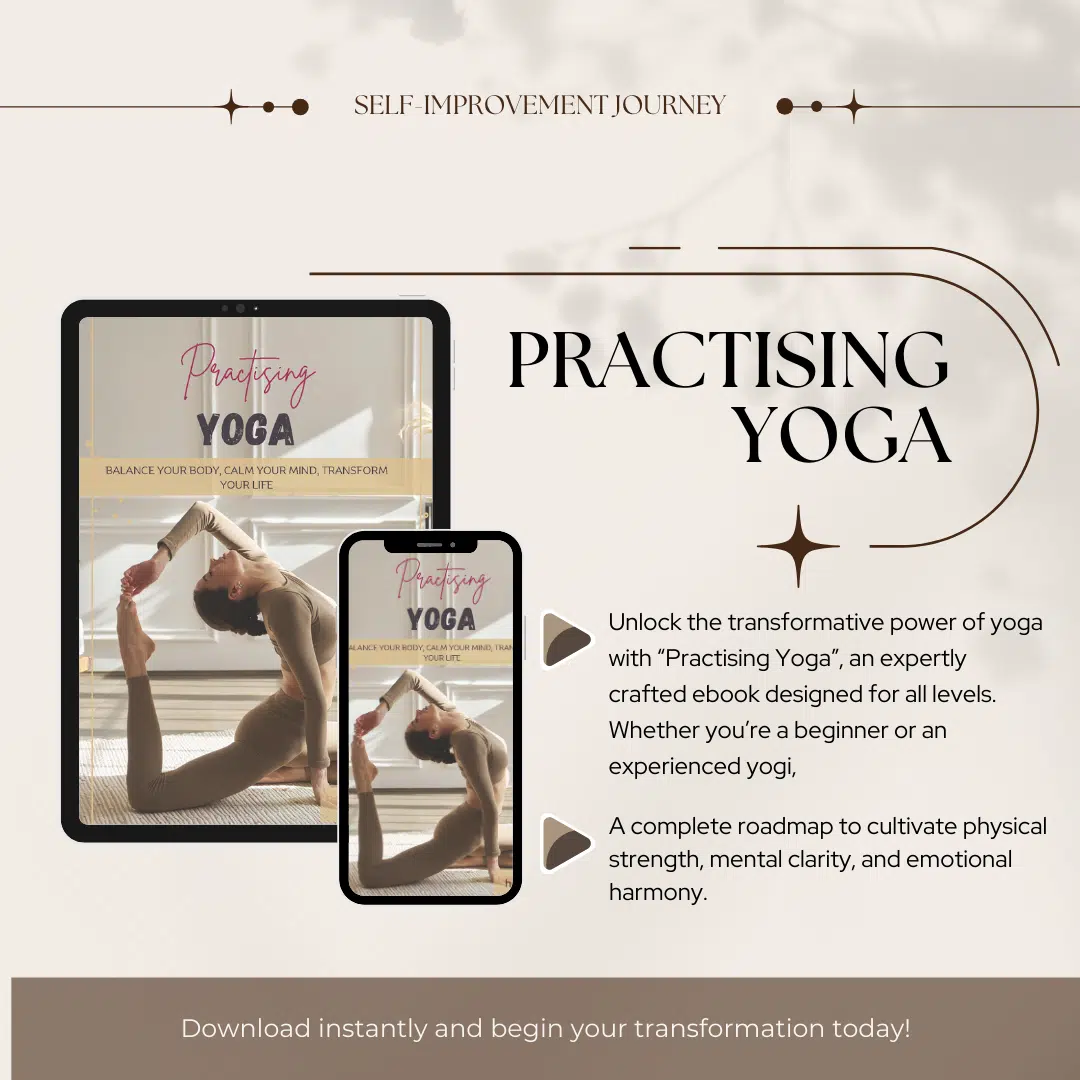A common question framed by beginners is What Muscles Do Pullups Work? Pull-ups are a fundamental bodyweight exercise revered for sculpting a strong upper body and improving overall fitness. This workout normally requires no equipment and can be done almost anywhere, making it a convenient and effective addition to any workout routine. The benefits of pullups are many that we are going to explore ahead in this blog.
What are Pullups?
A pullup is a compound exercise that primarily targets the muscles in your back and arms. It involves hanging from a horizontal bar and pulling yourself up until your chin clears the bar. While seemingly simple, it requires significant upper body strength and proper form for optimal results. Trainers have designed various Pullups variations according to body type and strength.
5 Benefits of Pullups
The benefits of incorporating pullups into your workout routine are numerous and well-documented by research. Here’s a breakdown of some key advantages:
1-Build Muscle Mass and Strength
Pullups are a highly effective way to build muscle mass and strength in your back, biceps, forearms, and core. A study published in the Journal of Strength and Conditioning Research found that pullups training significantly increased latissimus dorsi (lats) muscle thickness in men.
2-Improved Grip Strength
Pull-ups require a strong grip to hold onto the bar. As you perform pull-ups consistently, your grip strength will naturally improve, enhancing your performance in other exercises and daily activities.
3-Enhanced Functional Fitness
Pull-ups mimic movements used in everyday life, such as pulling yourself up onto a ledge or climbing stairs. Strengthening these muscles can improve your functional fitness and overall ability to perform daily tasks.
4-Boosted Metabolism
Pull-ups are a compound exercise, meaning they engage multiple muscle groups simultaneously. This leads to a higher metabolic demand, which can help you burn more calories and potentially aid in weight management. A study also proved that resistance training significantly improves metabolism.
5-Stronger Core
Performing pull-ups with proper form requires core engagement to maintain a stable body position. This strengthens your core muscles, leading to better posture and improved stability in other exercises.
What Muscles Do Pullups Work?
Pull-ups are a multi-joint exercise that ignites a powerhouse of muscles throughout your upper body. Pull-ups target multiple muscles, including the latissimus dorsi, biceps, and upper back.
Primary Muscles Engaged
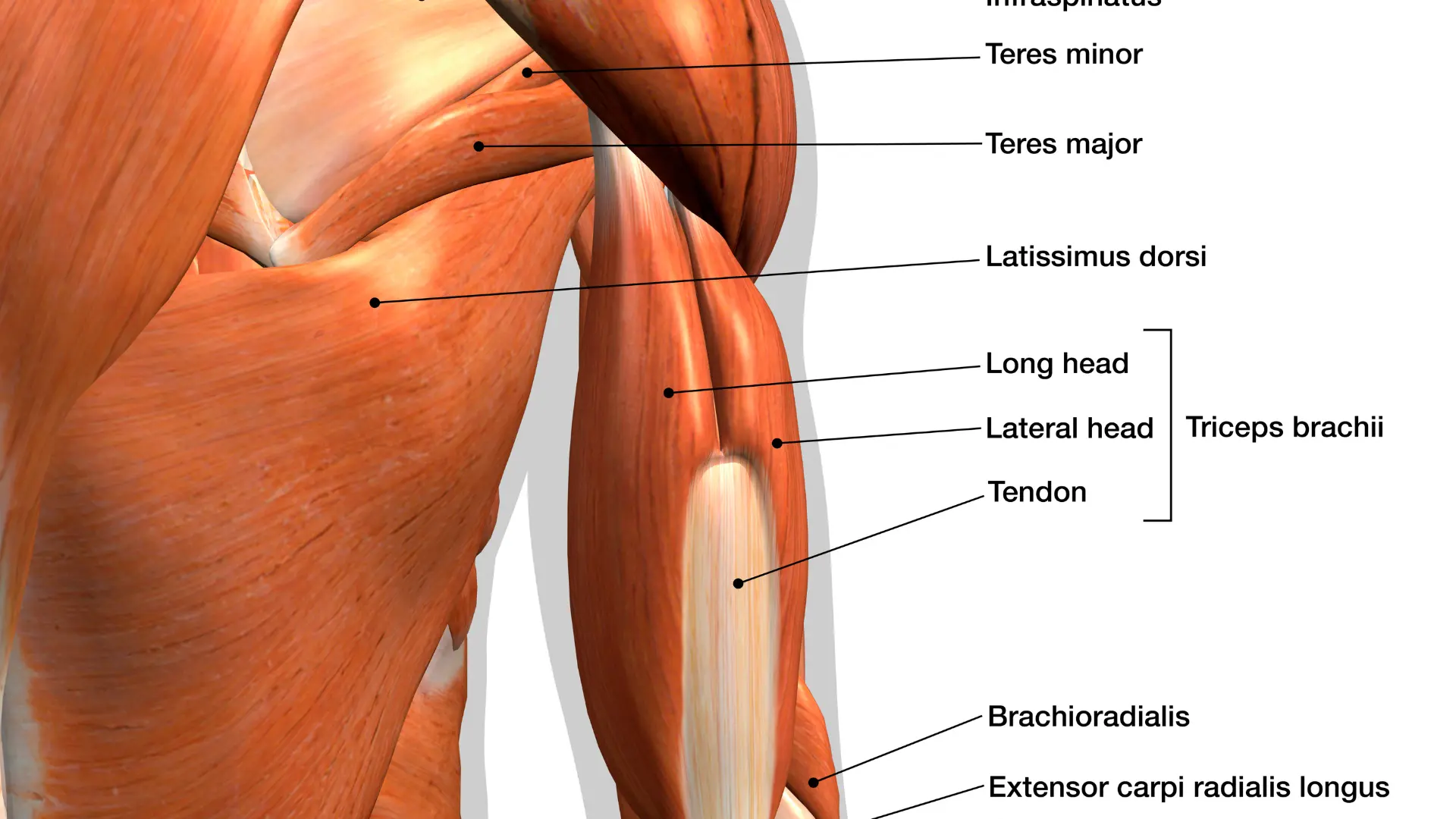
1-Latissimus Dorsi (Lats)
These are the large, V-shaped muscles on your back. They are the primary drivers in pull-ups, responsible for pulling your body up towards the bar. Strong lats contribute to a sculpted back, improved posture, and powerful pulling motions in other exercises like rowing. To reap the ultimate benefits of Pullups, focus of these dynamic core area of muscles.
2-Biceps Brachii (Biceps)
Do Pull-ups work biceps? the answer is yes. Located on the front of your upper arm, your biceps play a critical role in flexing your elbow and pulling your body upward during a pull-up.
3-Forearms (Brachialis and Forearm Flexors)
Don’t underestimate your forearms! They provide the essential grip strength to hold onto the bar and assist in pulling your body upwards. Strong forearms improve hand grip strength, which translates to better performance in various exercises and daily activities like opening jars or rock climbing.
Secondary Muscles Engaged (Pullup Muscles Worked)
4-Trapezius
The study has proved that trapezius muscles run along the upper back, neck, and shoulders. They act as stabilizers for your shoulder blades and assist in pulling movements during a pull-up. Strong traps contribute to good posture and prevent shoulder injuries.
5-Rhomboids
These diamond-shaped muscles located between your shoulder blades help retract (pull together) your shoulder blades during a pull-up. Strong rhomboids improve posture and prevent rounded shoulders, a common postural issue.
6-Core
Your core muscles, including your abdominal muscles and obliques, play a vital role in stabilizing your body throughout the pull-up motion. Engaging your core helps maintain a straight body line and prevents excessive arching in your lower back.
Beyond the Basics: Synergistic Muscles
While the muscles mentioned above are the primary players in pull-ups, several other muscles contribute to the movement in a synergistic way:
7-Teres Major
This lesser-known muscle located on the side of your upper back assists the lats in pulling movements.
8-Infraspinatus
Another rotator cuff muscle, the infraspinatus helps stabilize the shoulder joint during pull-ups.
9-Brachialis
This deep forearm muscle works alongside the biceps to flex the elbow during the pulling motion.
Pull up Variations: Mastering the Climb
The beauty of pull-ups lies in their versatility. Whether you’re a beginner just starting or a seasoned athlete seeking a challenge, there a pull up variations tailored to your fitness level. Here’s a breakdown of some popular variations to add variety and progression to your pull-up routine:
Assisted Pull-Ups
This pullup variation may be performed with the help of equipment or an assisted pullup machine. These machines provide adjustable weight support, allowing you to practice the pull-up motion with a lighter load. As you gain strength, gradually decrease the assistance until you can perform unassisted pull-ups.
Resistance Band Pull-Ups
Loop a resistance band around a pull-up bar and place your knees or feet inside the band for support. The band provides additional lift, making pull-ups more achievable for beginners.
Wide-Grip Pull-Ups
Widening your grip (beyond shoulder width) places greater emphasis on your lats and upper back muscles. This variation is excellent for building a broad, strong back.
Close-Grip Pull Ups
Gripping the bar with your hands close together (shoulder-width or slightly narrower) targets your biceps more intensely than a traditional pull-up. This variation is ideal for sculpting and strengthening your biceps.
Neutral Grip Pull Up
The neutral grip pullup is a fantastic variation of the traditional pull-up that offers unique benefits. Unlike the pronated (overhand) grip or supinated (underhand) grip, the neutral grip places your palms facing each other. This grip position allows for a more natural shoulder alignment, reducing stress on the shoulder joint while effectively targeting key muscle groups.
Advanced Pullup Variations
L-Sit Pull-Ups

This advanced variation requires exceptional core strength and upper body control. Start in an L-sit position (legs extended straight out in front) and perform a pull-up while maintaining perfect form.
Muscle-Ups
The ultimate pull-up challenge, muscle-ups combine a pull-up with a dip in a single fluid motion. This advanced exercise demands peak upper body strength, coordination, and explosive power.
Chinups vs Pullups: What Muscles Do Pull-Ups Work With Slight Variation

While both pull-ups and chin-ups are excellent exercises for building upper body strength, there’s a subtle difference in how they target certain muscles.
Pull-Ups (Pronated Grip)
A traditional pull-up is performed with palms facing away from you. This grip position emphasizes activation of the lats and biceps to a greater degree compared to chin-ups.
Chinups (Supinated Grip)
Chin-ups involve gripping the bar with palms facing towards you. This grip variation places slightly more emphasis on bicep activation while still engaging the lats and other supporting muscles.
How Many Pull-Ups Should You Do? A Roadmap to Progress
Here’s a roadmap to guide you on your pull-up journey:
Tailoring Your Training Frequency
Beginners
Start by incorporating 2-3 pull-up workouts per week, with rest days in between. Focus on proper form and gradually increase the number of sets and repetitions over time.
Intermediate
As you gain strength, you can increase the frequency to 3-4 pull-up workouts per week. Focus on challenging yourself with more sets and reps or incorporating different variations.
Advanced
Advanced athletes can perform pull-ups more frequently, potentially incorporating them into daily workouts as part of a high-intensity routine.
FAQ: Do Pull-ups Work Abs?
Although the core benefits of pullups are to target the upper body. This workout also engages the abdominal muscles to a significant extent. When you perform a pull-up with proper form, your core muscles, including the rectus abdominis and obliques, play a crucial role in stabilizing your body and maintaining proper alignment.
This engagement not only enhances the effectiveness of the exercise but also contributes to building strength and definition in your abdominal region. Therefore, incorporating pull-ups into your workout routine can serve as a valuable way to develop not only your upper body strength but also your core stability and abdominal muscles.
Conclusion
We have tried to answer this popular query, i.e. What Muscles Do Pull-Ups Work, in the above detailed guide. In conclusion, pull-ups are a true powerhouse exercise that deserves a prominent place in your workout routine. They target many muscles, far beyond just the biceps, including your lats, forearms, core, and even smaller stabilizing muscles like the rhomboids and teres major. This translates to a stronger upper body, improved grip strength, better posture, and enhanced functional fitness that benefits everyday activities.
By incorporating pull-ups into your training and prioritizing proper form, you’ll be well on your way to achieving impressive results. Remember, consistency is key. With dedication and gradual progression, you’ll master pull-ups and sculpt a stronger, more defined physique in no time. Now that you understand the muscles targeted by pull-ups, explore different variations, proper form techniques, and training strategies to conquer this exercise and take your fitness journey to the next level.




